Summary | Excerpt | Reviews | Beyond the Book | Read-Alikes | Genres & Themes | Author Bio

Critics' Opinion:
Readers' Opinion:
First Published:
Mar 2021, 496 pages
Paperback:
Apr 2023, 496 pages
 Book Reviewed by:
Book Reviewed by:
Althea Draper
Buy This Book
This article relates to Firekeeper's Daughter
In Firekeeper's Daughter, Daunis is interested in how her fellow Ojibwe tribe members use medicinal herbs. She chooses to study pre-med courses and plant biology at college so that she may go on to study ethnobotany through an indigenous lens, and also learns directly from her tribe's Elders.
Traditional medicine is an important part of Ojibwe culture. The four sacred medicines, or Muskiiki, are used both in everyday practices as well as in ceremonies and on special occasions. Each of these sacred medicines has a place on the Ojibwe medicine wheel, a system that interconnects various teachings related to aspects of the world. For example, each medicine corresponds with a direction — tobacco with the east, sweetgrass with the north, sage with the west and cedar with the south. These four plants are used for smudging (burning to produce a sacred smoke for cleansing and prayers) and also have other important individual uses.
Tobacco
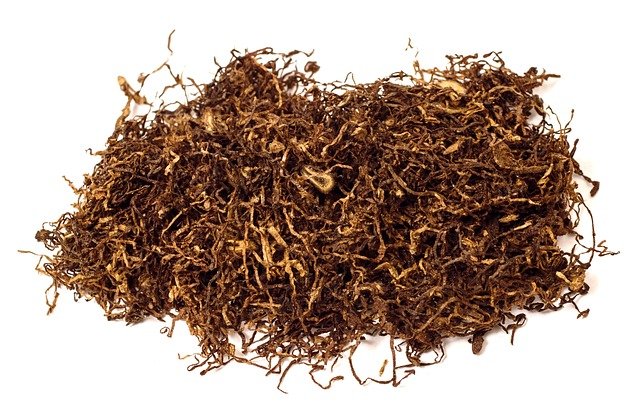 Tobacco is said to be the first plant that the Creator gave to the Ojibwe people in order for them to be able to communicate with the spirit world. Tobacco plays an important role in the picking of other medicines: A person who is planning to pick a plant provides an offering of tobacco as they explain to the plant why they are there, their intentions and why they are picking it. This is done with the idea that the plant in question will then let other plants in the vicinity know this information so that they can be picked. Tobacco can also be given as an offering to an Elder or Healer when asking for advice.
Tobacco is said to be the first plant that the Creator gave to the Ojibwe people in order for them to be able to communicate with the spirit world. Tobacco plays an important role in the picking of other medicines: A person who is planning to pick a plant provides an offering of tobacco as they explain to the plant why they are there, their intentions and why they are picking it. This is done with the idea that the plant in question will then let other plants in the vicinity know this information so that they can be picked. Tobacco can also be given as an offering to an Elder or Healer when asking for advice.
Sage
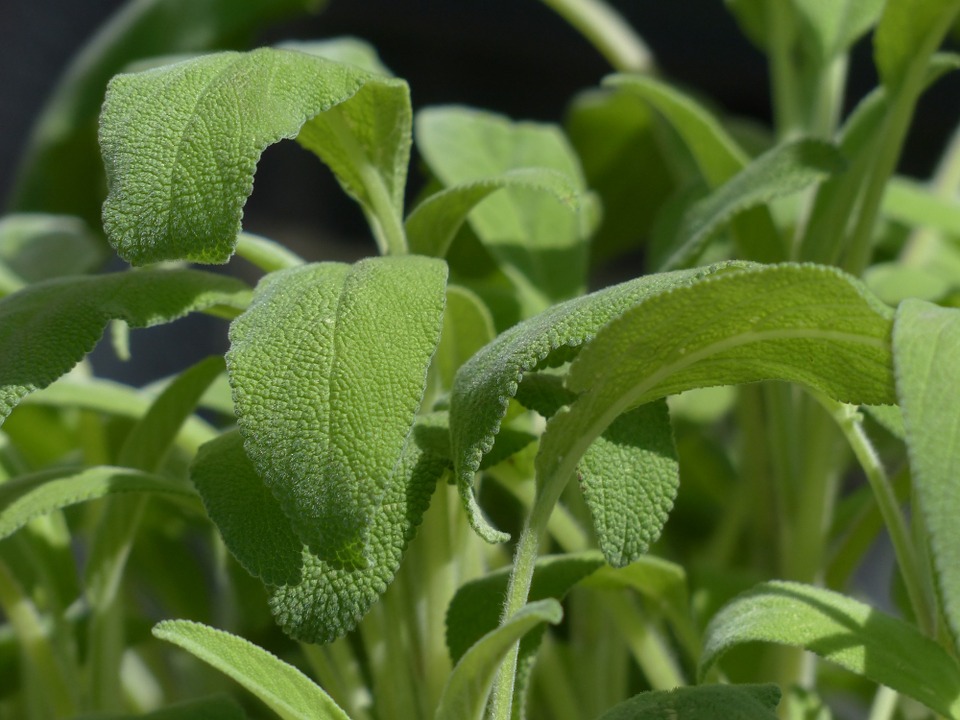 Sage is used in preparation for ceremonies and teachings. It is believed to be helpful for eliminating negative energy. As such, sage is often burned to cleanse homes and sacred objects. It is also believed to have medicinal properties and can be brewed in a tea to assist in physical healing. Interestingly, different types of sage are used by men and women.
Sage is used in preparation for ceremonies and teachings. It is believed to be helpful for eliminating negative energy. As such, sage is often burned to cleanse homes and sacred objects. It is also believed to have medicinal properties and can be brewed in a tea to assist in physical healing. Interestingly, different types of sage are used by men and women.
Cedar
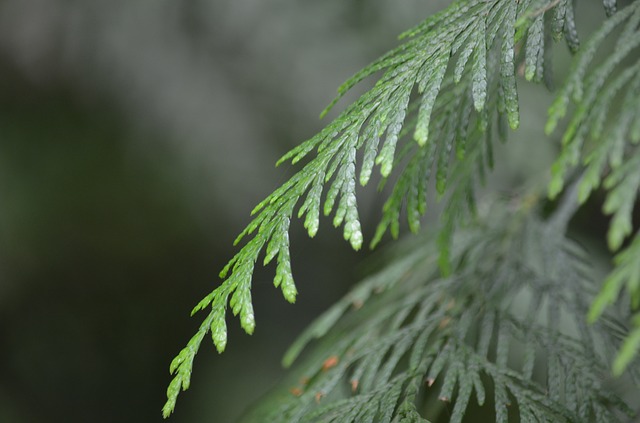 Cedar is used for purifying the home and is also considered to have healing properties. It can be used for a cedar bath or made into a tea along with sage to clear the body of infection. When placed in a fire alongside tobacco, cedar creates a characteristic crackling noise; this is said to call to the manitous (spirits) to let them know of the offering that is being made. In ceremonial applications, cedar can be used to cover the floor in sweat lodges or make a circle when fasting as a form of protection from bad spirits.
Cedar is used for purifying the home and is also considered to have healing properties. It can be used for a cedar bath or made into a tea along with sage to clear the body of infection. When placed in a fire alongside tobacco, cedar creates a characteristic crackling noise; this is said to call to the manitous (spirits) to let them know of the offering that is being made. In ceremonial applications, cedar can be used to cover the floor in sweat lodges or make a circle when fasting as a form of protection from bad spirits.
Sweetgrass
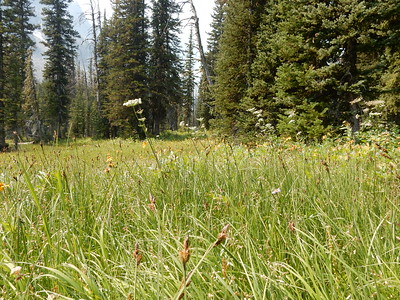 Sweetgrass is said to be the sacred hair of Mother Earth. Like sage and cedar, sweetgrass is for cleansing and purifying, and is additionally considered to have calming effects. Sweetgrass has a sweet smell that is said to remind the Ojibwe people of the love, kindness and gentleness of Mother Earth. It is often picked and woven into a three-strand braid, with the three strands symbolizing love, kindness and honesty.
Sweetgrass is said to be the sacred hair of Mother Earth. Like sage and cedar, sweetgrass is for cleansing and purifying, and is additionally considered to have calming effects. Sweetgrass has a sweet smell that is said to remind the Ojibwe people of the love, kindness and gentleness of Mother Earth. It is often picked and woven into a three-strand braid, with the three strands symbolizing love, kindness and honesty.
Tobacco
Cedar
Sage
via Pixabay
Sweetgrass, by Matt Lavin (CC BY-SA 2.0)
Filed under Places, Cultures & Identities
![]() This "beyond the book article" relates to Firekeeper's Daughter. It originally ran in May 2021 and has been updated for the
April 2023 paperback edition.
Go to magazine.
This "beyond the book article" relates to Firekeeper's Daughter. It originally ran in May 2021 and has been updated for the
April 2023 paperback edition.
Go to magazine.



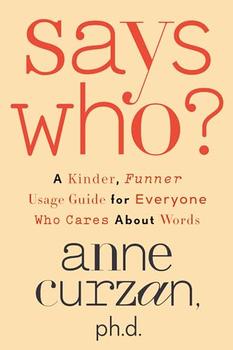
Children are not the people of tomorrow, but people today.
Click Here to find out who said this, as well as discovering other famous literary quotes!
Your guide toexceptional books
BookBrowse seeks out and recommends the best in contemporary fiction and nonfiction—books that not only engage and entertain but also deepen our understanding of ourselves and the world around us.